In the wake of advancing technology, the demand for displays is steadily increasing. However, besides technical specifications such as resolution, refresh rate, and color performance, more and more consumers are starting to pay attention to display certification standards to ensure high-quality visual experience and safeguard visual health while using them. So, what are some of these certification standards you should know about?
TUV Rheinland Certification
TUV Rheinland is a German technical inspection agency founded in the 19th century, specializing in product safety and quality certification. Its eye care certification program evaluates factors such as glare, blue light radiation, and screen flicker for displays.
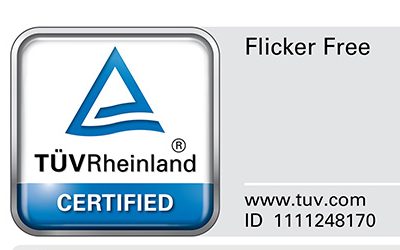
TUV Rheinland certification requires displays to meet certain standards in glare, blue light radiation, and flicker. The Flicker-Free certification, in particular, ensures that displays use LED driving without low-frequency PWM mode, which can cause flickering, thus promoting eye health. Prolonged exposure to glare, blue light radiation, and frequent screen flickering can have adverse effects on vision.
DisplayMate Certification
DisplayMate Technologies is a professional display evaluation organization founded in 1991, dedicated to assessing and optimizing display performance. Its certification standards are widely recognized within the industry.
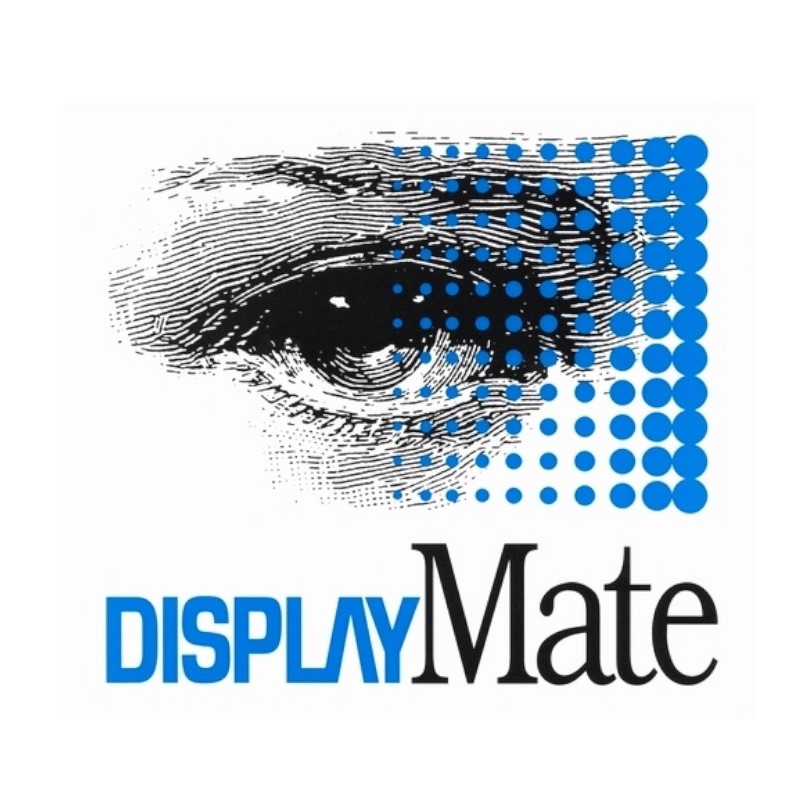
DisplayMate certification primarily evaluates aspects such as color accuracy, contrast, and brightness uniformity of displays. Through rigorous testing and analysis, this certification ensures that displays can render the most realistic and delicate colors, enhancing user visual experience. Besides these aspects, DisplayMate also focuses on factors like pixel response time and motion blur to ensure displays perform well in handling high-speed dynamic content.
Energy Star Certification
Energy Star is an energy efficiency certification program jointly launched by the U.S. Environmental Protection Agency (EPA) and the U.S. Department of Energy (DOE) to reduce energy consumption and carbon emissions.
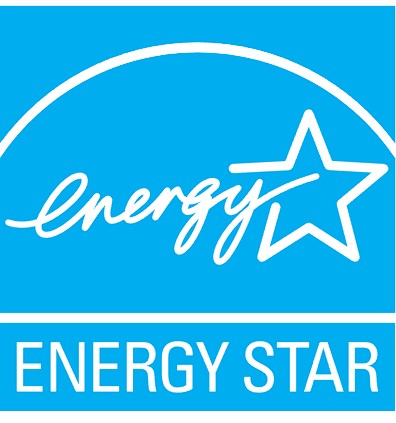
Energy Star certification requires displays to meet certain standards of energy efficiency in both standby and operational modes. Displays obtaining this certification typically utilize energy-saving technologies such as LED backlighting and automatic brightness adjustment to reduce energy consumption and operating costs. For example, LED backlighting can significantly lower energy consumption compared to traditional CCFL backlighting, while automatic brightness adjustment can further save energy by adapting to ambient light changes.
Click here for a complete list of ENERGY STAR certified Displays
VESA Certification
VESA (Video Electronics Standards Association) is an international standards organization focused on displays and display technologies. Its DisplayHDR certification aims to evaluate displays’ capabilities in rendering high dynamic range (HDR) content.

DisplayHDR certification is divided into different levels, ranging from DisplayHDR 400 to DisplayHDR 1000, representing displays’ performance levels in brightness, contrast, color range, etc. Displays obtaining this certification can deliver richer and more realistic visual effects. HDR display effects are crucial for video and gaming experiences as they can showcase a broader color range and finer brightness details.
TCO Certification
TCO (Swedish: Tjänstemännens Centralorganisation) is an organization established by the Swedish Confederation of Professional Employees, and its Green Office Environmental Label (Green Office Automation and Telecommunications Equipment Environmental Label) focuses on environmental certification for office equipment.
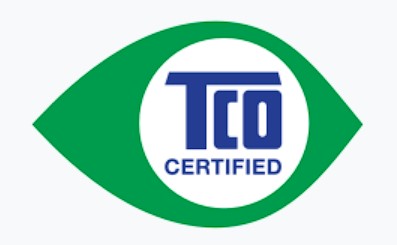
TCO certification requires displays to meet a series of environmental, ergonomic, and quality standards. These standards include energy efficiency, material selection, recyclability, radiation emission limits, and ergonomic design to minimize the environmental and health impacts of using displays. For example, TCO standards may require displays to use recyclable materials, reduce waste emissions, and consider ergonomic design for comfortable prolonged usage.
EPEAT Certification
EPEAT (Electronic Product Environmental Assessment Tool) is an environmental assessment tool for electronic products issued by the EPEAT Environmental Assessment Committee. It aims to promote environmentally friendly design and production of electronic products.

EPEAT certification evaluates displays’ environmental performance, including energy efficiency, material selection, product lifecycle management, etc. Displays obtaining EPEAT certification are typically manufactured using environmentally friendly materials, with lower energy consumption and longer lifespans, helping reduce the environmental impact of electronic waste. For example, EPEAT certification may require displays to have designs with detachable components for easier maintenance and updates, thus extending product lifespans and reducing electronic waste generation.
UL Certification
UL (Underwriters Laboratories) is an independent product safety certification organization founded in 1894, headquartered in Illinois, USA. Its certification mark is one of the globally recognized safety marks.
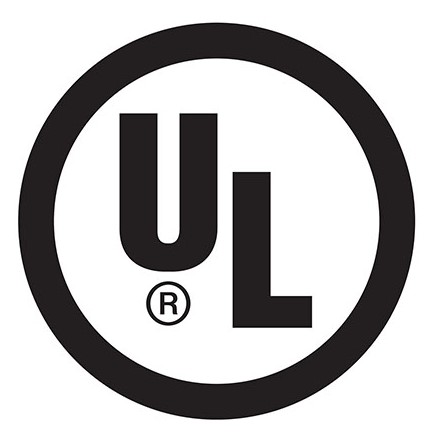
UL certification ensures that displays meet relevant product safety standards, including electrical safety and radiation safety, among others. Displays obtaining UL certification undergo rigorous testing and evaluation, ensuring safe usage without posing safety hazards to users. UL certification typically involves comprehensive testing of various aspects of displays, such as the safety of electrical components and compliance with radiation emission levels.
These are some common display certification standards, each focusing on different aspects. Consumers can choose the appropriate certification standards based on their needs when making purchases.